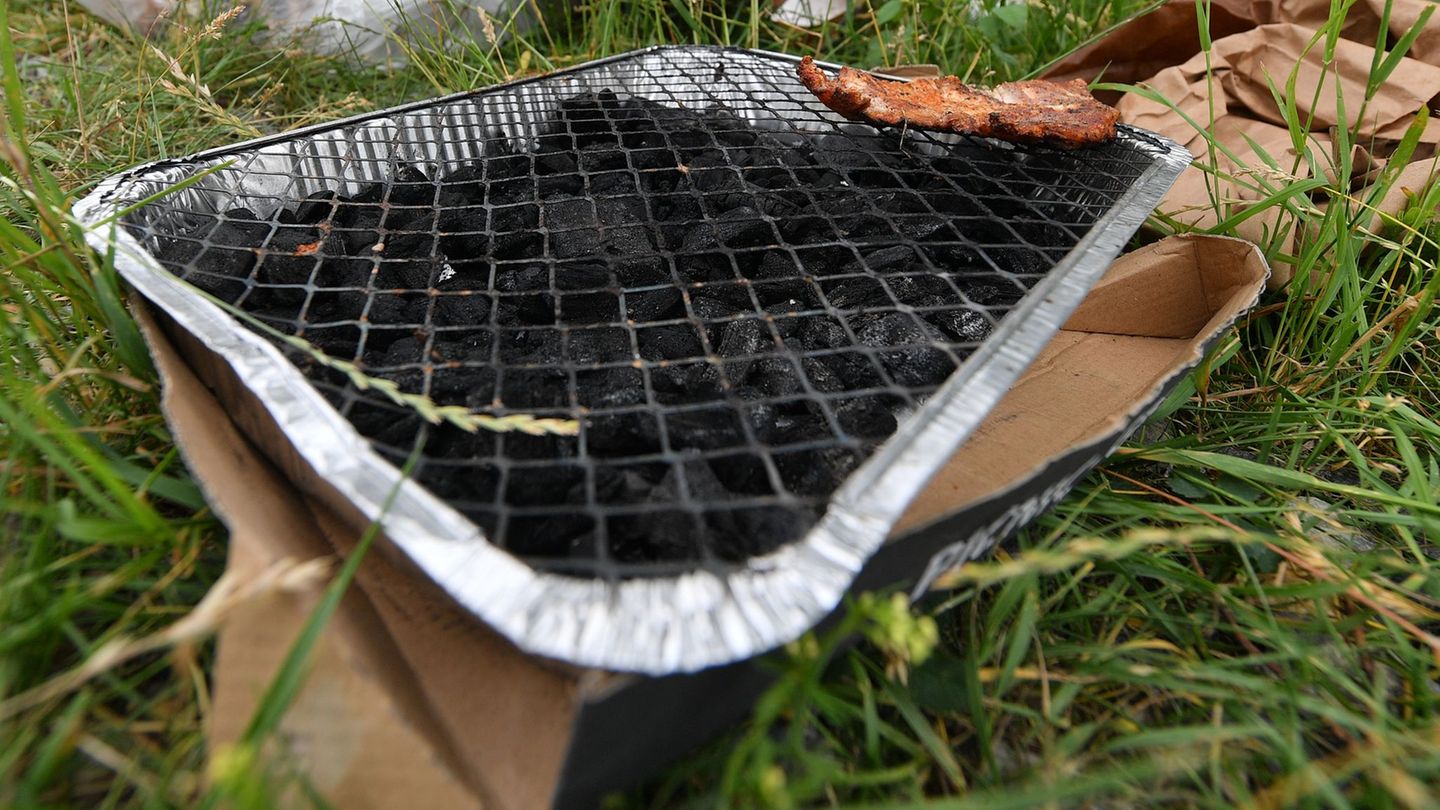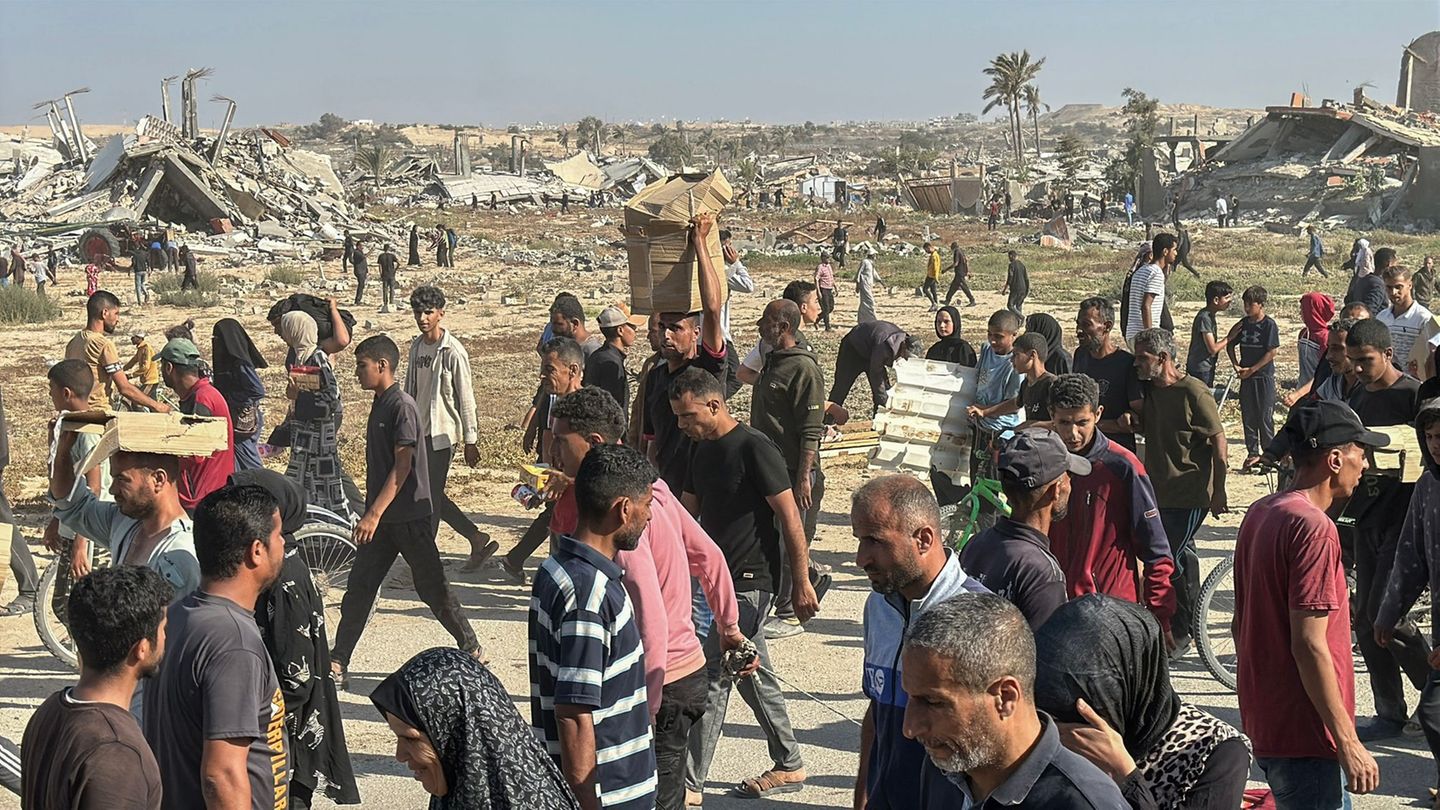Starting at statements made by Diana Mondinoelected representative for Freedom Advancesabout the possibility of neighbors organizing for the sewer construction, Ambit consulted with Argentine Water and Sanitation (AYSA) How much would it cost and what implications would it have to carry out this work privately at the AMBA.
“Today you are paying for a lot of things that you do not receive. The government decides to do a public work on that side, for example, a sewer, so from Jujuy to Tierra del Fuego everyone pays for something that is going to be done in a certain place.” This first radio statement by Diana Mondino gave rise to a proposal which generated controversy: “If instead of paying taxes for public works, the people of the neighborhood get together and say ‘let’s do this work’, for example a sewer, then it’s done. That’s how it’s always been done.” When asked about where the funds would come from to carry it out, the economist responded that it would come from “the taxes you stop paying for public works” since “today you are paying a lot of taxes.”
Is it possible for residents to organize themselves so that they can manage the installation or expansion of the sewage network in their neighborhoods, without the intervention of the relevant public organizations? In response to this media’s query AySA, the answer was no. For many reasons. Economically, they propose that The deployment of the sewage network in a small neighborhood of ten blocks in the AMBA costs between $500 and $700 million. The budget, they clarify, is calculated without counting the internal sewer network, so that each home can make use of the work. “It is a long-term work and really very dirty,” the entity explains. The expansion of the sewer network, according to AYSA, could take between six and seven months and requires around 20 workers for a range of 10 blocks.
At the same time, the entity accounts for the complexity of the work, which requires professionals such as civil sanitary and hydraulic engineers They have to present a deployment or construction project, which in turn must be approved by the company providing the service, which has to demonstrate the feasibility of the work. The machinery and supplies to carry it out are expensive and high-tech.: most importantly, wastewater lifting stations, a hydraulic plant, a backhoe and pipes are needed, of course.
According to the deputy administrator of the National Water and Sanitation Works Entity (Enohsa), Nestor Alvarezthe role of a Sewage plant The latter model is important because it guarantees the feasibility of the work, but also, through this tool “the sewage liquid is used for irrigation at the end of the process.” According to the specialist, can cost between $1000 and $1500 million. “It is impossible for individuals to carry out the works through a consortium. In the case of Santa Elena, Entre Ríos, the sewer work that we are bidding for is equivalent to an annual budget of the municipality itself,” Álvarez highlights, by way of comparison.
At the national level, the conditions of the Argentine soil are varied, therefore, the procedures for developing a sewage network are diverse. In that sense, the Enohsa member explains: “The AySA (AMBA) region is flat, but it is not the same as Córdoba, Mendoza or Bariloche. If the neighborhood is uneven, a lift station will be needed, which is charged to the budget. If the area is rocky, an electric hammer will be required.” The AMBA in particular “has a very high water table due to the pressure of the river”, which is why, to do a work like this “you have to depress the water tables by using bombs, a procedure that costs a lot.”
The level of salaries, transportation, and even the budget for security measures also depends on the region of the country. For example, the Cuyo area spends less on freight than the southern area of Argentina, because the sewer pipe factories are in San Luis. For all this, it is not possible to outline a uniform budget throughout the country, and a single estimate can vary depending on requirements. “Mondino’s proposal is not to understand how the State or a federal government with 24 provinces works,” Álvarez concludes.
Fernanda Miño She is secretary of the Socio-Urban Integration area, of the Ministry of Social Development. Since she was born she has lived in the La Cava neighborhood, Beccar town. In dialogue with Ambit, He says that historically the families there “did what they could” to have service networks, but the results were not satisfactory. “We had punctured water hoses that crossed some blind well, with the pollution that this generated, overloaded electrical networks that caught fire, generating tragedies and deep conflicts between families because some connected to networks that others made and overloaded,” laments the official.
At the same time, it highlights the role of the state for federal urbanization processes through funds from the contribution of large fortunes and the PAIS tax. “We are financing an unprecedented volume of works to integrate more than a thousand neighborhoods from Jujuy to Tierra del Fuego,” he says. “Those of us who live in neighborhoods know that we need a present, sensitive and efficient state,” Miño concludes.
Enohsa’s works count 1,243, of which 135 will begin in the next month and a half, 654 are in progress, 415 are completed and 3 have been terminated. In turn, AySA maintains 1,696 works: 1,004 are water works and 692 are sewer works. “What is invested in sewers is not paid for in health,” they say from the organization. At the same time, in terms of general planning, they ensure that financial assistance from international organizations, such as the IDB or the World Bank, is necessary. “If we need help from these organizations, how are we going to ask citizens for the money to do it?” they say ironically from the plant.
Source: Ambito




